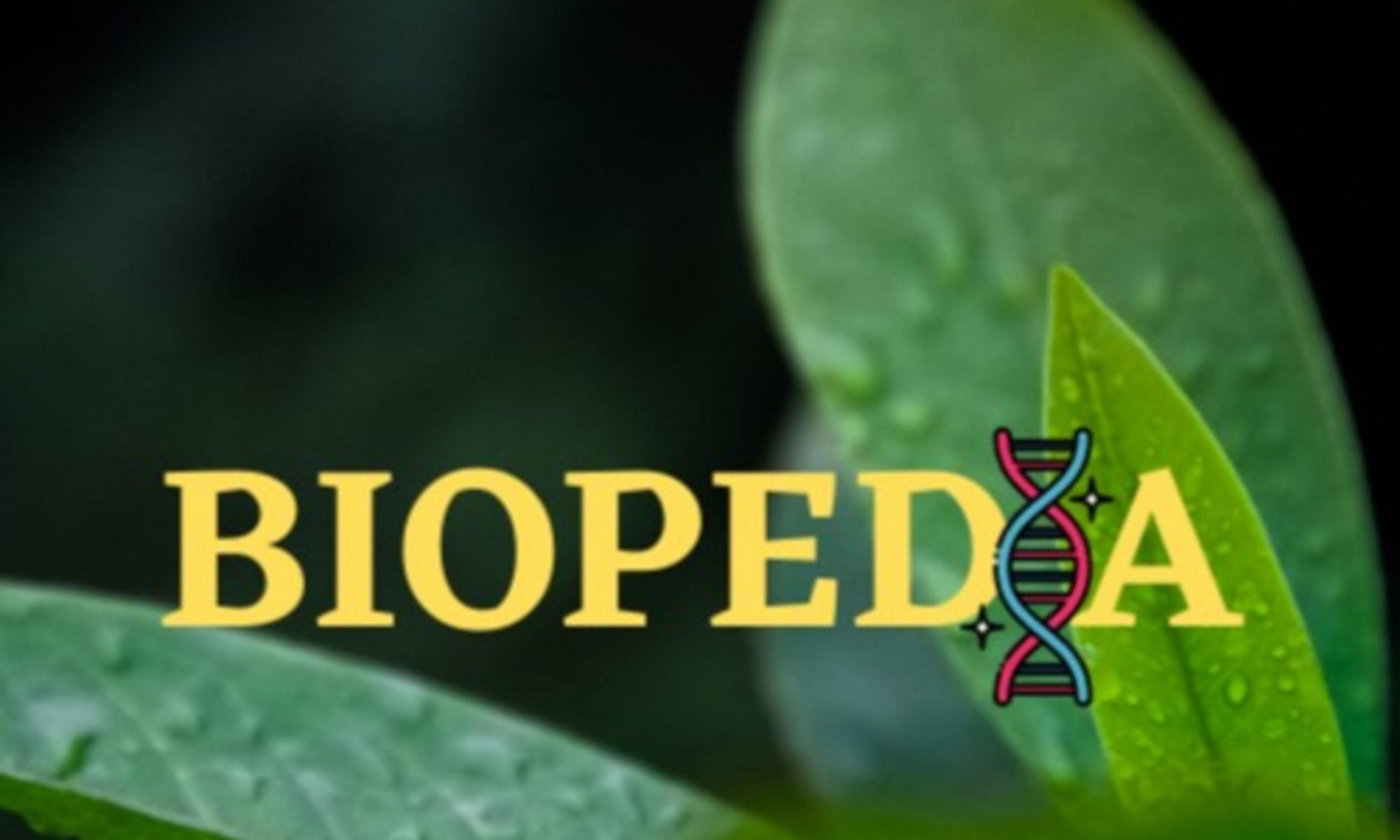Happy Darwin’s Day! On the anniversary of Darwin’s birthday on 12th February 1809, I thought it would be fun to release a special episode covering some aspect of Darwin’s life or theories. Today, we’re going to discuss the health of Darwin’s children and of Darwin’s immediate family, using a 2017 paper by Hayman et al.
Sources for this episode: 1) Hayman, J., Álvarez, G., Ceballos, F. C. and Berra, T. M. (2017), The illnesses of Charles Darwin and his children: a lesson in consanguinity. Biological Journal of the Linnean Society 121: 458- 468. Information on the immediate family of Charles Darwin can also be found on Wikipedia, whether his article or the article on the Darwin-Wedgewood family.
